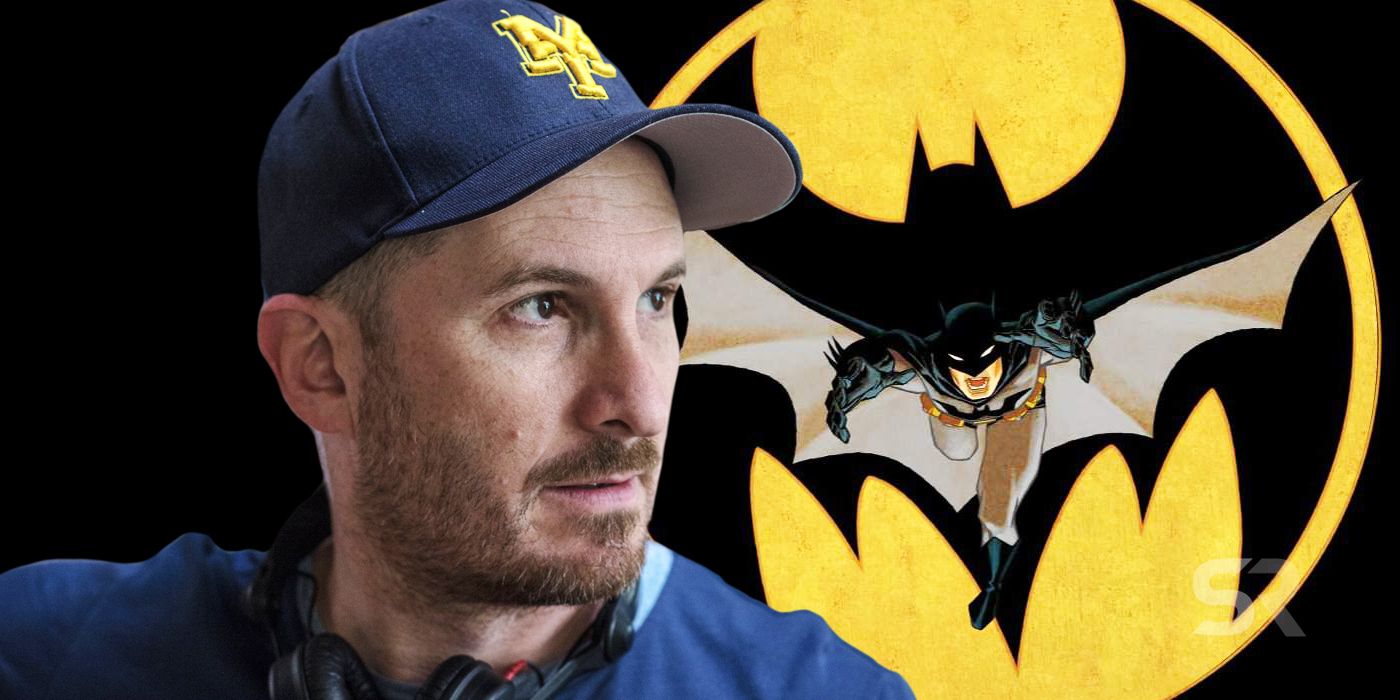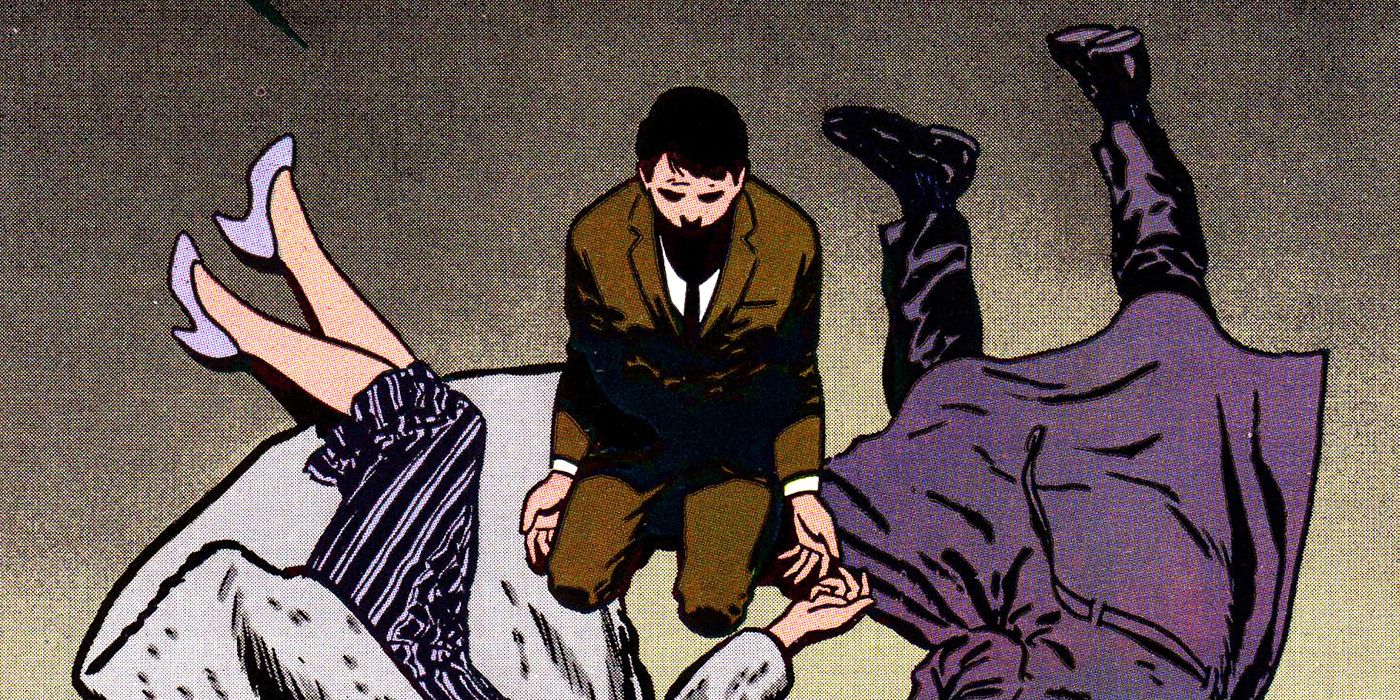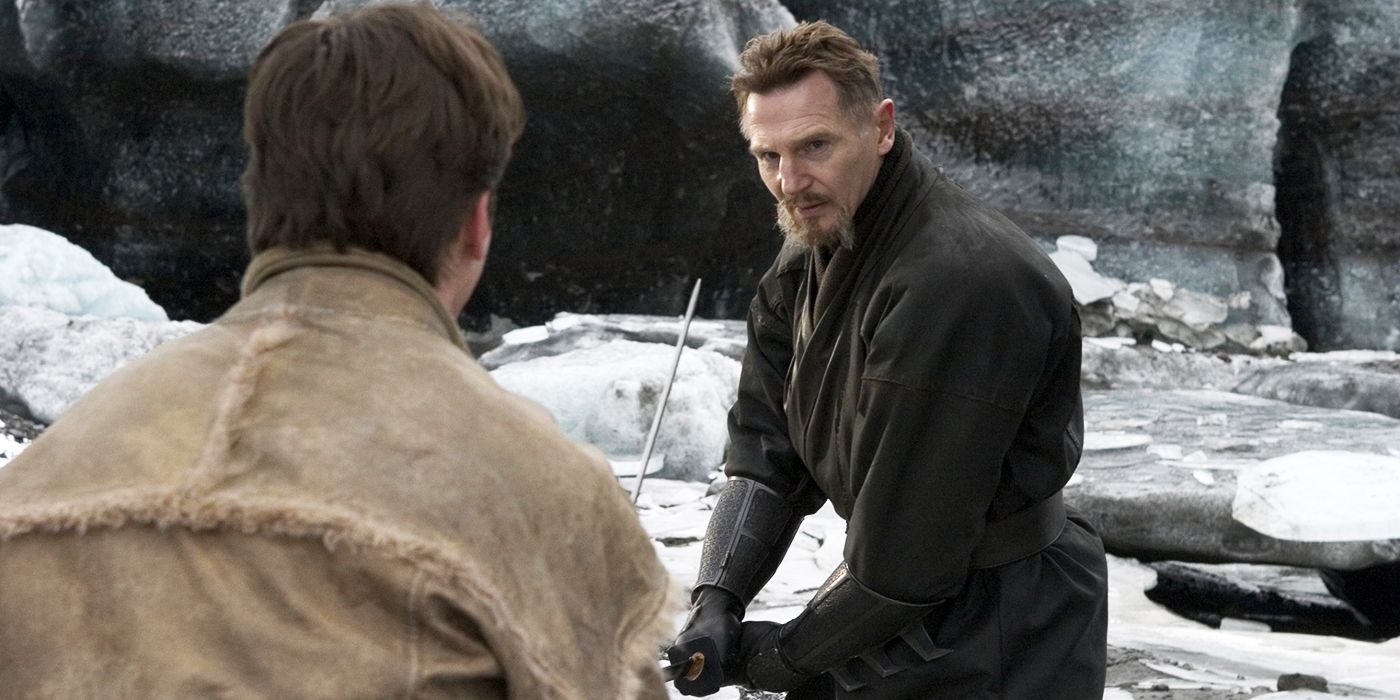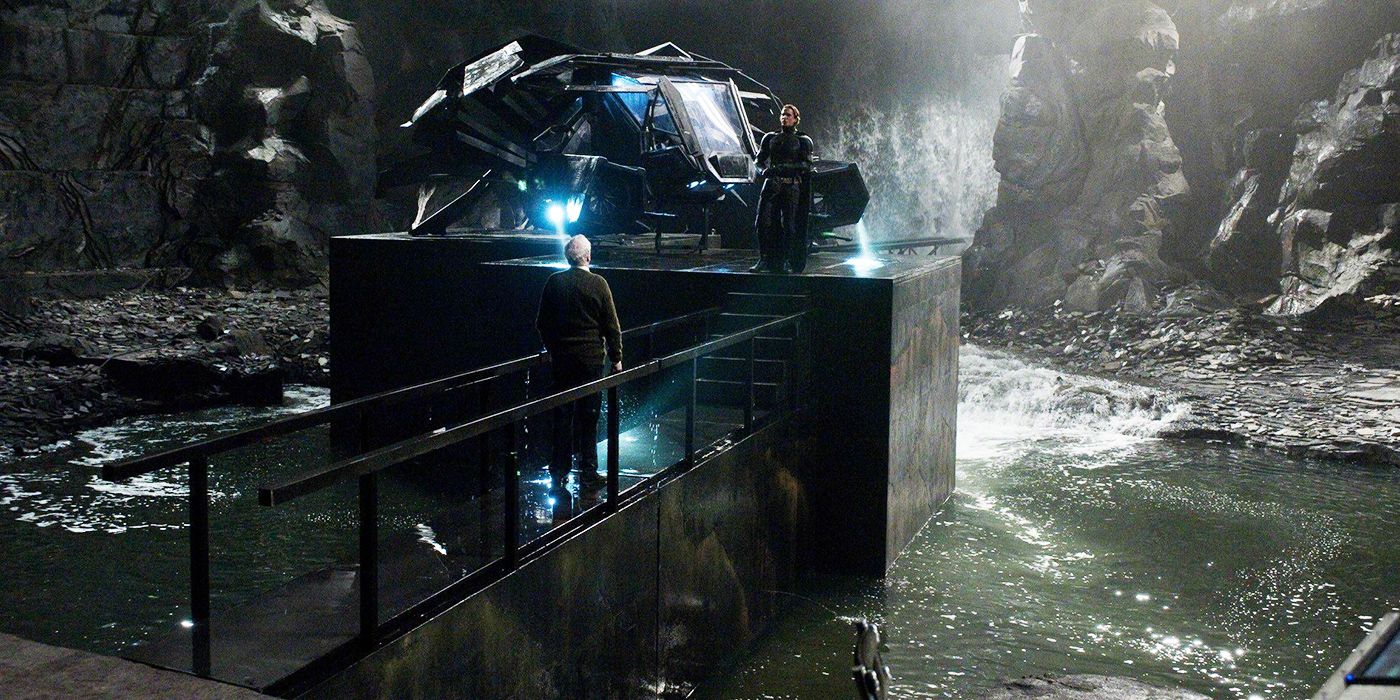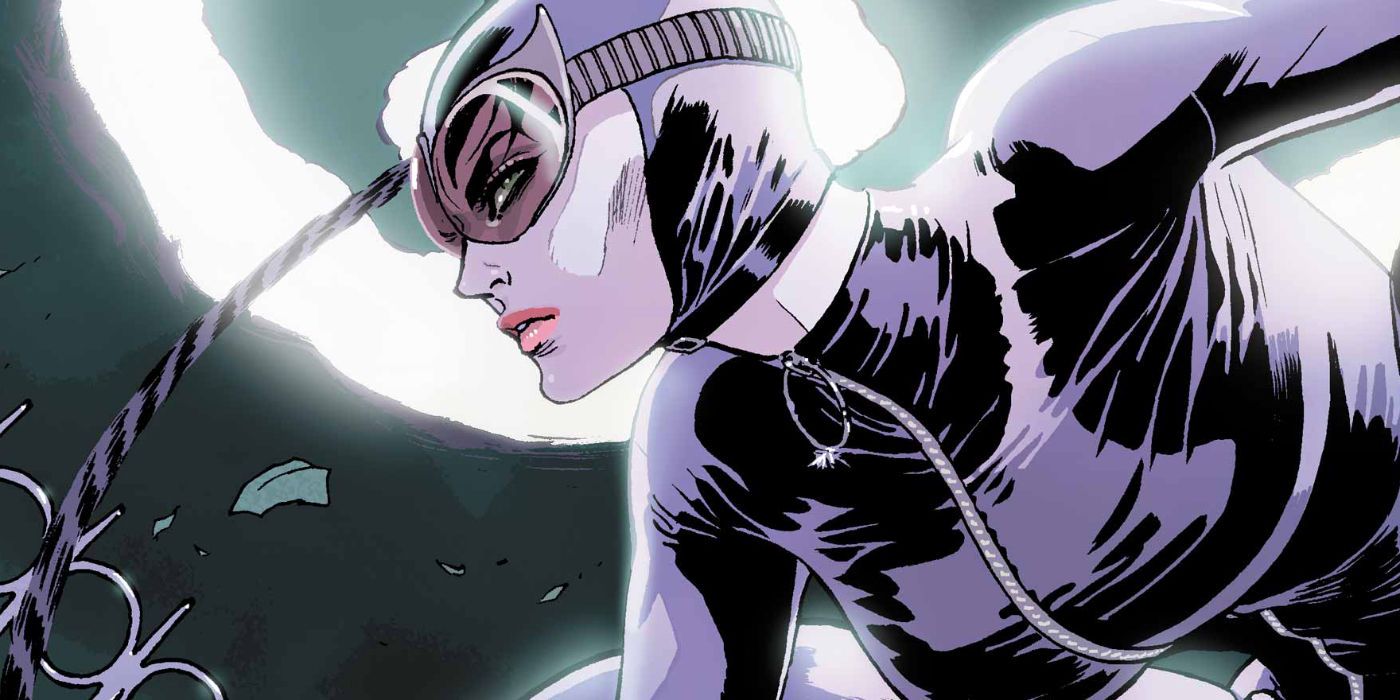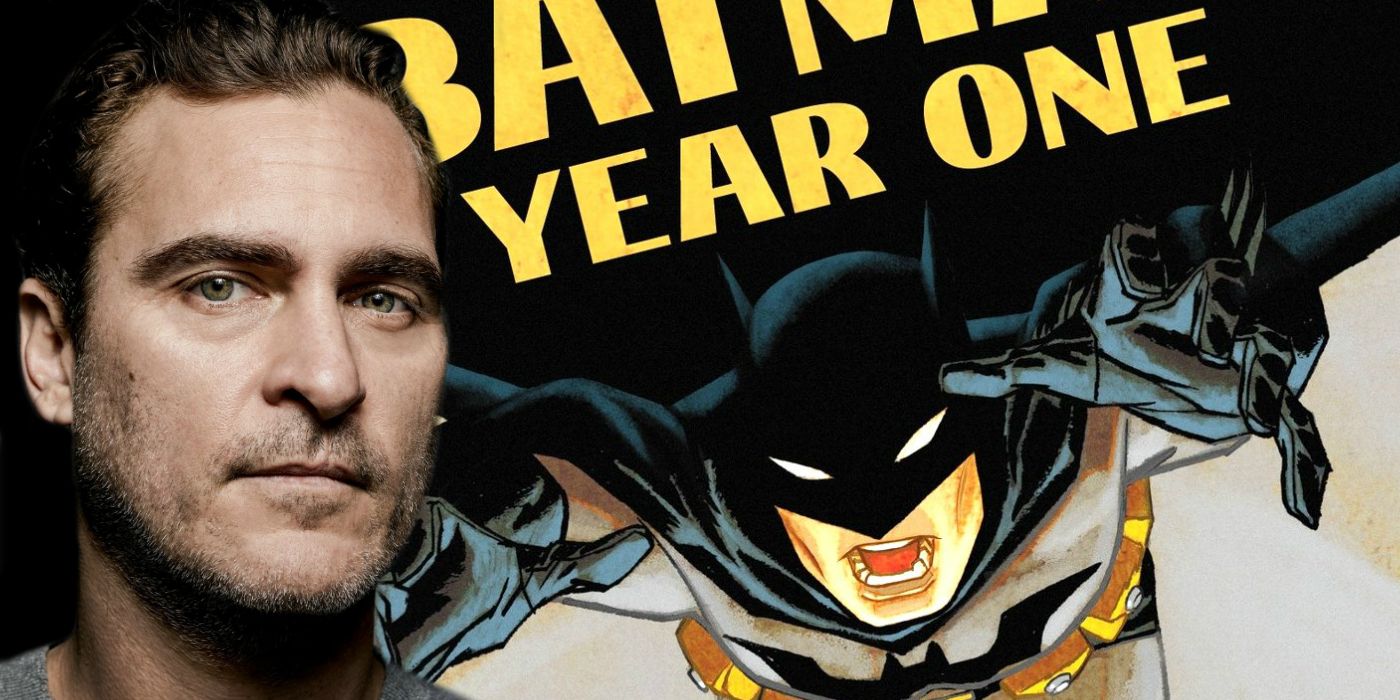Before Christopher Nolan’s Dark Knight trilogy happened, an adaptation of Frank Miller’s Batman: Year One was in development with Darren Aronofsky as writer and director. The project was ultimately cancelled, but details about the story have been revealed over the years. Being one of the most popular superheroes ever, Batman has been adapted to the big screen multiple times, the first one in 1943 in a black and white 15-chapter serial with Lewis Wilson as the Cape Crusader and Douglas Croft as Robin.
Years later, a feature film adaptation of the 1960s Batman TV series starring Adam West and Burt Ward was released, but Batman’s popularity on the big screen began in 1989 thanks to Tim Burton’s film simply titled Batman, starring Michael Keaton as the title character. The film was a big critical and financial success and made way for a sequel, Batman Returns, in 1992. After that, things went downhill with this version of the Caped Crusader with the arrival of Joel Schumacher’s Batman Forever and Batman & Robin.
Following the critical failure of Batman & Robin, Warner Bros. decided to reboot the Batman film franchise with an adaptation of one of the character’s most popular graphic novels: Frank Miller’s Batman: Year One. After receiving pitches from Joss Whedon and Joel Schumacher, Warner Bros. hired Darren Aronofsky to write and direct the project, with Frank Miller working with him on the script. This version of Batman: Year One never saw the light of day, and Nolan’s trilogy happened instead, but details on Aronofsky’s vision have been revealed over the years, giving fans a taste of what would have been a very different version of the Defender of Gotham. Here’s what Darren Aronofsky’s Batman: Year One adaptation looked like.
Batman: Year One Changed Bruce Wayne’s Origins
Batman: Year One was written by Frank Miller and published in 1987. It offers a noir-inspired version of Batman’s origins along with a subplot where Jim Gordon dealt with Gotham City’s corruption. Other film adaptations of Batman have taken elements from this graphic novel, and while the studio was aiming for an adaptation of it, Aronofsky’s idea was far from it, instead being loosely based on it.
In it, Bruce Wayne wasn’t an orphaned billionaire raised by the family’s butler, Alfred, at Wayne Manor, and instead lost all his fortune following the death of his parents and was left homeless. Bruce was then taken in by a man called “Big Al”, the African-American owner of an auto repair and a former Vietnam War combat medic. Aronofsky’s inspiration were the films Death Wish and The French Connection, and even compared his version of Bruce Wayne/Batman with Taxi Driver’s Travis Bickle, saying he wanted to infuse the story with a dose of reality – and what better than taking away all of his fortune and growing up in the streets of Gotham City, where he truly got a taste of what the citizens were going through.
How Batman Learned To Fight In Year One
In the graphic novel, Bruce Wayne returns to Gotham City at the age of 25 after training abroad in martial arts, man-hunting, and science for 12 years. In Aronofsky’s version, however, it all happened differently. Given that Bruce Wayne lost his fortune, he wouldn’t have had the resources to go on a trip like that to learn martial arts and more, so he instead learned through various books. Bruce read a lot about various types of combat and practiced until he mastered all those moves.
In addition to that, he earned the name “Batman” under very different circumstances. Although Bruce also learned a lot about chemistry through books and created a number of chemical-based weapons, one of his most significant objects was a ring with his father’s initials: TW. When punching criminals, the ring left an imprint similar to the shape of a bat, and so the media began calling the mysterious vigilante “Batman”.
The Batcave Wasn’t Beneath Wayne Manor (& The Batmobile Was Different)
The Batcave is the headquarters of Batman and is located beneath his personal residence, Wayne Manor. Aronofsky's version would have changed this element from Batman’s world by locating it in an abandoned subway station. As for the Batmobile, and given that this Bruce grew up in a repair shop, it would have been a tricked-out Lincoln Continental with blacked out windows and bus engines under the hood – very far from the usually made from scratch Batmobile.
Selina Kyle Was African-American & A Prostitute
Aronofsky’s Batman: Year One would have included Selina Kyle a.k.a. Catwoman, but again, a different version. In the graphic novel, Selina Kyle is a prostitute and dominatrix who decides to begin her own life of crime after watching Batman fight. Aronofsky’s version would have also had Selina as a prostitute, though an African-American one known as Mistress Selina. She would have reportedly had a role in the creation of Batman, with Bruce’s first act as the Caped Crusader being confronting a corrupt cop bothering Selina at the local cathouse. Selina would have then knocked Bruce out during the conflict between the three, and he would have woken up next to the body of Campbell, presumably killed by Selina.
Why Aronofsky’s Batman: Year One Never Happened
There are a couple of reasons why Aronofsky’s Batman: Year One never saw the light of day. First off, it would have been a very dark version of Batman, which might not seem like much nowadays but was a big deal in the early 2000s, when Warner Bros. was looking for a Batman film kids could watch too – and, of course, one that could sell a lot of merchandise. Miller has shared that there were creative differences with Aronofsky, as Miller’s Batman was “too nice for him”, with Miller telling the filmmaker that “Batman wouldn’t do that, he wouldn’t torture anybody”. This darker tone, along with the many changes to Batman’s backstory and key elements (like the Batcave and Batmobile), made the studio pass on it.
In addition that, the studio had an actor in mind for the role of Bruce Wayne/Batman while Aronofsky wanted someone else. The director’s initial pitch was a story inspired by The Dark Knight Returns with Clint Eastwood as the Caped Crusader, but once he started working on Batman: Year One, his ideal Bruce Wayne was none other than Joaquin Phoenix. According to Aronofsky, Warner wanted Freddie Prinze Jr. to play the character, and that’s when he realized they had a very different idea for the film. All of this (and most likely more that hasn’t been revealed yet) made the studio decide not to move forward with the project and instead put all its attention into Nolan’s trilogy, which was a blend of a dark and realistic Batman with all those elements from the comic books Warner wanted to keep.
Aronofsky moved on and made The Fountain, starring Hugh Jackman, followed by The Wrestler, Black Swan, Noah, and most recently mother! in 2017. Batman: Year One wasn’t forgotten completely, and Nolan’s Batman Begins took a lot of elements from it. As for Joaquin Phoenix, he ended up joining the world of DC Comics in Todd Phillips’ Joker as a new version of the Clown Prince of Crime. Darren Aronofsky’s version of the Caped Crusader would have been different but interesting to watch, and had it been pitched in recent years, it would have probably been greenlit without a problem.

